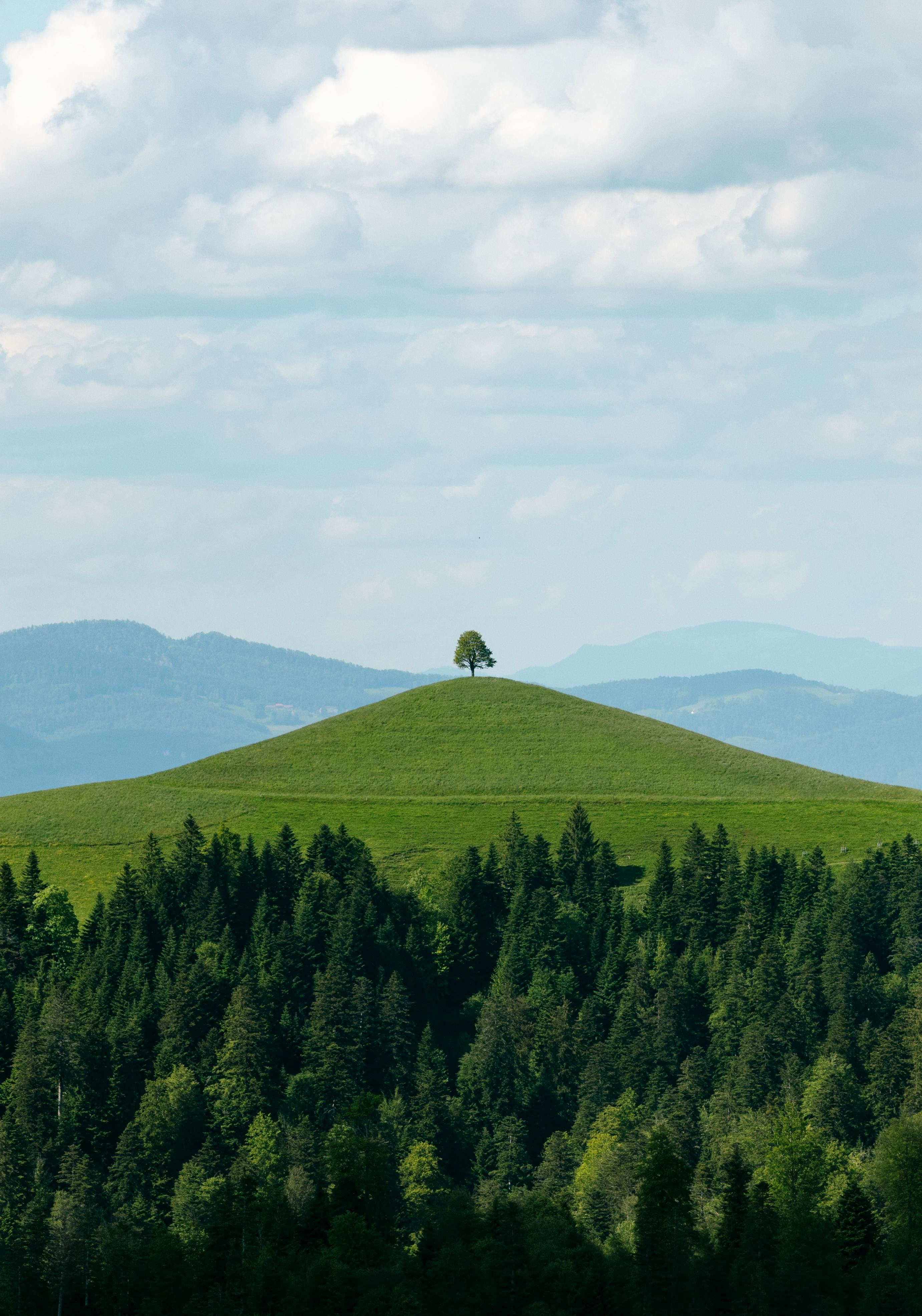Mallow

"We Mallows are simple. We are not high-maintenance. We grow almost everywhere. Maybe that's why we don't need to be defensive and toxic. It's not that we like being eaten, but we don't mind if our mucilage helps you.”
Soft power
You’ll find edible mallows on mountain hikes and on the menus of creative chefs. That’s why mallow (Malva sylvestris) may come from the word ‘maloche’, which means ‘foodstuff for the poor people’. But it was a highly prized herb, known since ancient times. The ‘foodstuff for poor people’ is only one aspect of the mallow’s name.
There is a softer story behind it, one that dates back to classical times. The Greek word for mallow derives from ‘malakós’, which means ‘soft’ or ‘mellow’, probably describing the relaxing effect of the herb. In the Middle Ages, mallow became something of a super remedy. It was called ‘Omnimorbia’, which means ‘healing plant for all diseases’. It was used as an antidote for poison and to treat labour pains. So the properties of mallow seem to be as varied as its 5000-year history.
Facts and Figures
- 1,800
- Mallow thrives up to around 1,800 metres above sea level.
- Mallow is used to treat sore throats and catarrh.
- 100
- Mallows can grow up to 100 centimetres.
FAQ
The content on this webpage is provided for informational purposes only, it does not substitute professional medical advice or seeing a doctor, and it should not be used for any promotional purpose of our products.

